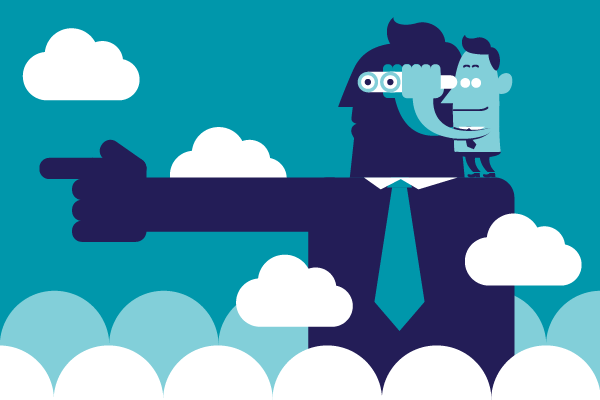Partnering with big companies is proving to be a very effective, efficient method for startups to acquire users. It’s not David versus Goliath; it’s David befriending Goliath. Building a strategic partnership allows you to leverage millions of dollars and years of work a corporation has put into their own marketing to help you promote your product. It creates a mutually beneficial business relationship.
Choosing a Strategic Partner
There are four basic elements to look for when considering a strategic partner.
Similar target market:
Look for companies that serve the same market as yours. For example, let’s say your app targets, young parents. Think about partnering with toy companies or local child care centers.
Shared values:
You can start a partnership with any company if you hustle. But for the partnership to be successful in the long term, you need to partner with a company that has similar values. For example, if you value people over profits and your partner values profit over people, it’s not going to be too long before the partnership face challenges.
Common mission:
If you partner with someone who has a similar mission, it will be much easier to get things going in the right direction. For example, Alibaba’s mission is to make it easy to do business anywhere. Jack Ma, the founder of Alibaba, said ‘company mission’ is the first thing he looks when partnering with other companies. He only partners with companies which also strive to make it easier to do business.
Value for your partner:
Think about which company can leverage the most value from your startup. Value can come from any number of factors, but assuming you are a tech startup, often your product can offer unique technology. Target companies who can offer additional value to their customers using your technology.
Examples of Strategic Partnership between App Startups and Big Brands
- One great example of a strategic partnership is an online music app Spotify. It partnered with Adidas to create the Adidas Go app, which uses Spotify’s extensive library to play music according to the pace and intensity of the user’s workout. The partnership provided unique technology for Adidas, and access to hundreds of thousands of Adidas customers for Spotify.
- Uber is the king of partnership. In its early days, Uber partnered with different event companies running big conferences and expos in major cities. Uber would offer conference participants a discount code to use Uber, and get the event companies to send email to thousands of their visitors about the offer. Uber worked with Google to put Uber on Google Maps when users search for their destination. This partnership put Uber in front of millions of new users. Launched November 30, 2012, in Australia, Uber exceeded the one-million-user mark in 2016.
- Buzzfeed, an app that provides personalized news to users, partnered with GroupM, one of the world’s largest distributor of online ads. GroupM provided significant advertising for Buzzfeed in exchange for access to Buzzfeed’s unique Pound technology, which provides user analytic data of how stories spread on the social web.
- Hipstamatic, a photography startup, partnered with Instagram. Users take and edit photos in Hipstamatic and push them to Instagram. These photos have a ‘Taken with Hipstamatic’ tag that links to the Hipstamatic website. Hipstamatic gained exposure to millions of Instagram users. Instagram CEO and co-founder Kevin Systrom said, “Really, it all comes down to this: people post Hipstamatic photos on Instagram all the time, and we just want to make that experience easier.”
- Unidesk provides software to deploy Windows apps. It partnered with Dell, and Dell included the software as part of its solution offering in Desktop Virtualisation Solutions. Unidesk’s unique technology added value to Dell’s existing customers; Unidesk gained access to Dell’s millions of customers.
So, who are your potential targets for a strategic partnership? What do you have to offer? How do you benefit?
Once you make a hit list of companies, identify people in those companies. Linkedin is probably the best tool to research, identify and contact senior people in big companies. With the Linkedin premium plan, you can send inmail to people outside your network. Be a great networker. Go to events and conferences where people from your hit list of companies might attend. Introduce yourself and offer to buy a coffee. Once you meet them, ask who the right person to talk about the partnership is. Work your way in.
